The planet’s natural ecosystems usually function properly without human intervention. However, when an invasive species starts to disrupt the natural order, people sometimes need to lend a helping hand.
In a strange turn of events, predatory blue crabs have made their way to the lagoons of Italy and are wreaking havoc on the nation’s fishing industry. Italy’s fishermen are begging residents to help by making blue crab a part of their diet.
Blue Crabs Are Commonly Found in the Americas
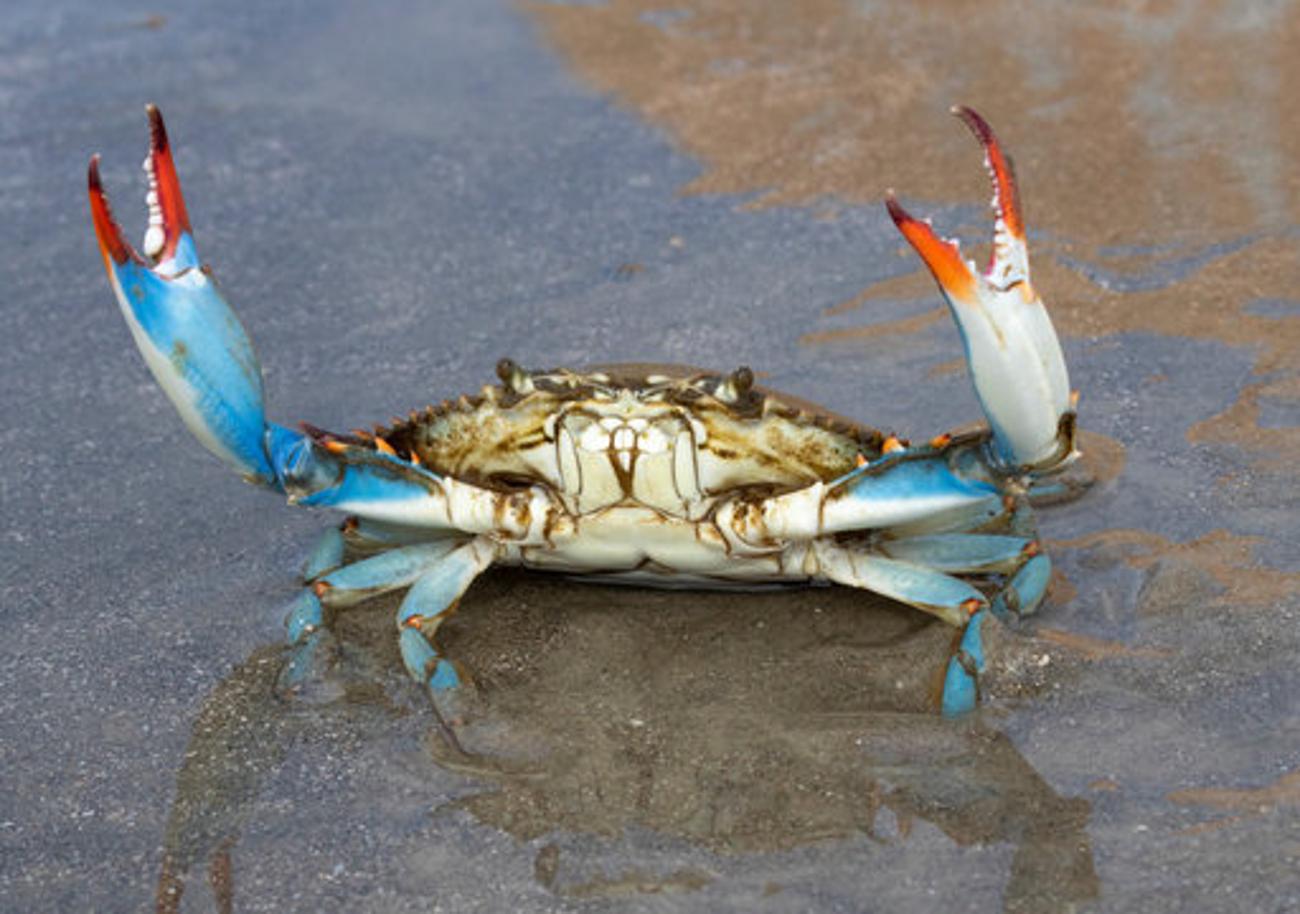
Blue crabs are commonly seen along the Atlantic Coast of both North and South America; however, recently, the feisty shellfish have made their way to Europe, specifically to the shores of Italy.
These blue crabs are predators, eating clams, oysters, mussels, fish, and even other crabs. Fishing industries along the Atlantic have always had to watch and curtail the blue crab population to ensure they don’t overtake an ecosystem, and now, Italy is facing the same problem.
The Blue Crab “Is an Animal of Unacceptable Intelligence”

In the lagoons and bays of Italy, there are no natural predators of the blue crab. So, once they arrived, they quickly started to take over.
As one Italian fisherman explained, “[The blue crab] is aggressive; he is fast; he is an animal of unacceptable intelligence. We fight this blue crab, but he is stronger than us because there are so many of them.”
Blue Crabs Could Ruin Italy’s Fishing Industry
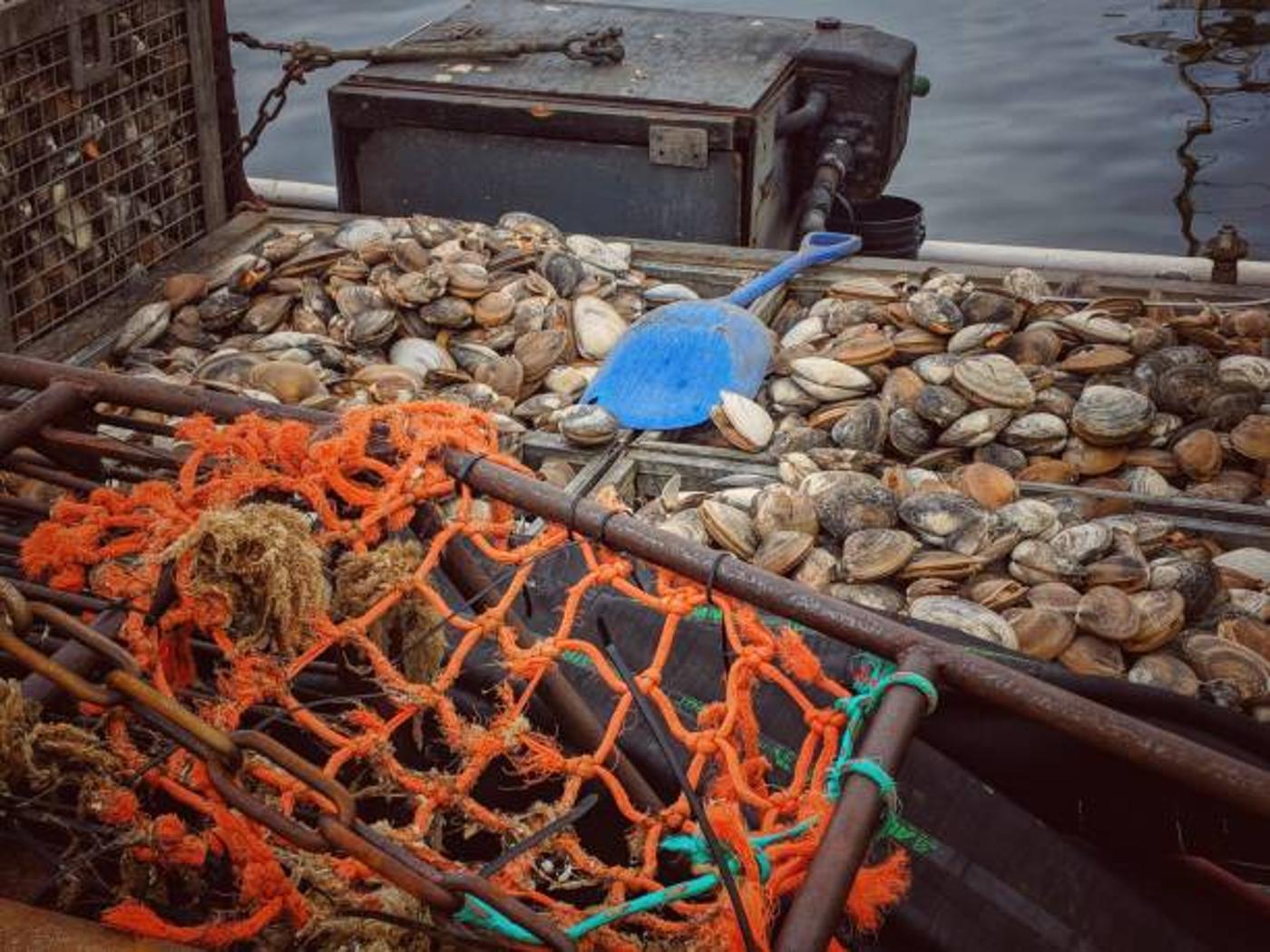
Of course, blue crabs aren’t physically dangerous to humans, but what they can and will do is ruin an entire industry. Because blue crabs eat clams, mussels, and other shellfish that are a major part of Italy’s fishing trade, they could cause an economic crash.
Italy’s fishermen have asked for help combating this growing problem, and all they need is for Italians and visitors to start eating blue crabs.
Italy’s Restaurants Already Serve a Great Deal of Seafood

From Venetian shrimp to linguini with clams, fish stew, and fresh oysters, Italy’s restaurants already offer a wide variety of seafood-based dishes. The fishermen are simply asking them to add another to the mix.
Coldiretti, an Italian farm lobby group, has held several events to help local restaurants understand the importance of using blue crab on their summer menus and how to prepare it to perfection.
Blue Crab Is Extremely Popular in the US
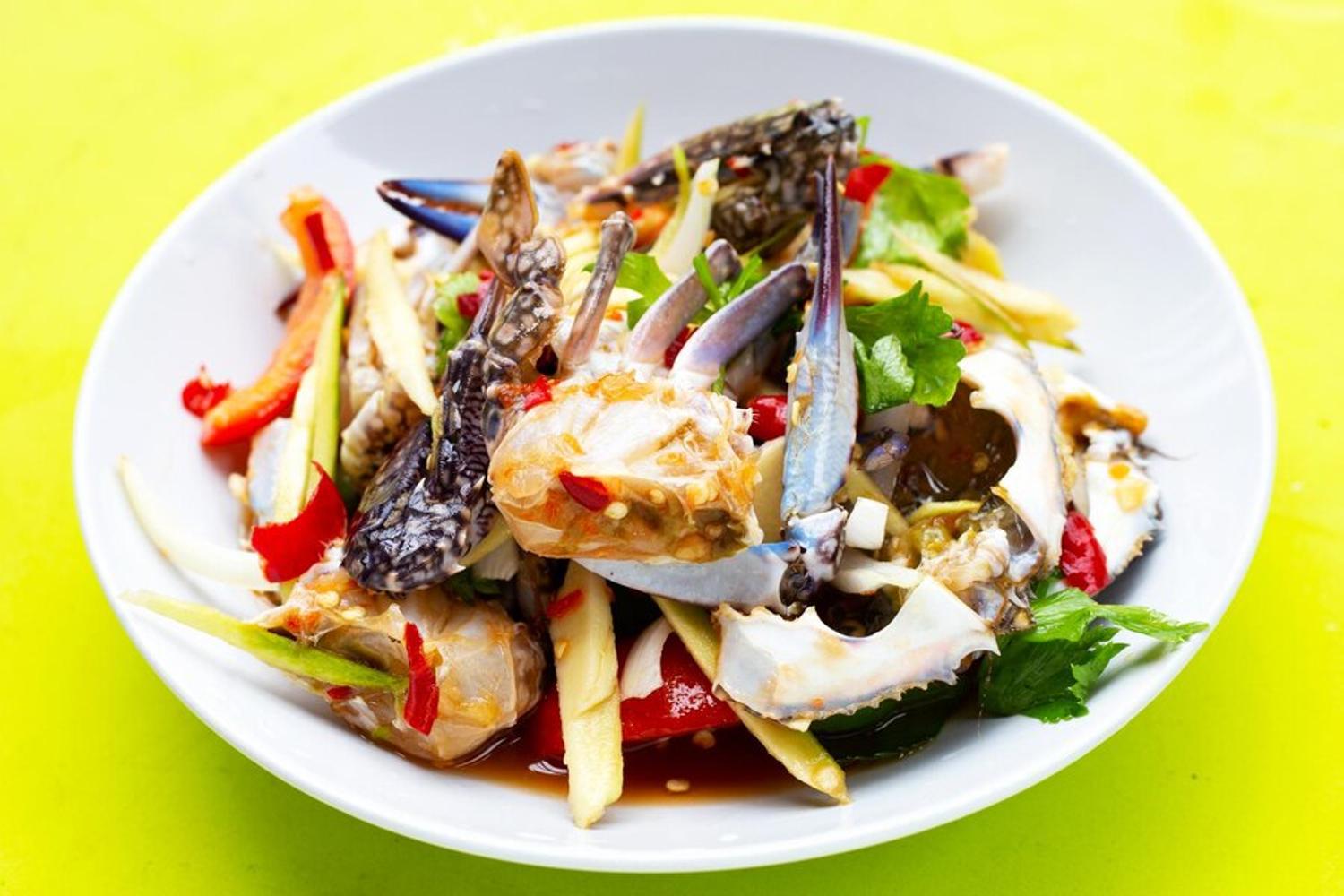
While blue crab is new to Italian chefs, it has been a popular menu item in the United States for years. The state of Maryland prides itself on serving delicious blue crab dishes, which are most often freshly steamed and topped with special seasoning.
Blue crab can also be served in a cold salad, warm with spaghetti, basted in butter, or even made into crab cakes.
New Italian Blue Crab Dishes
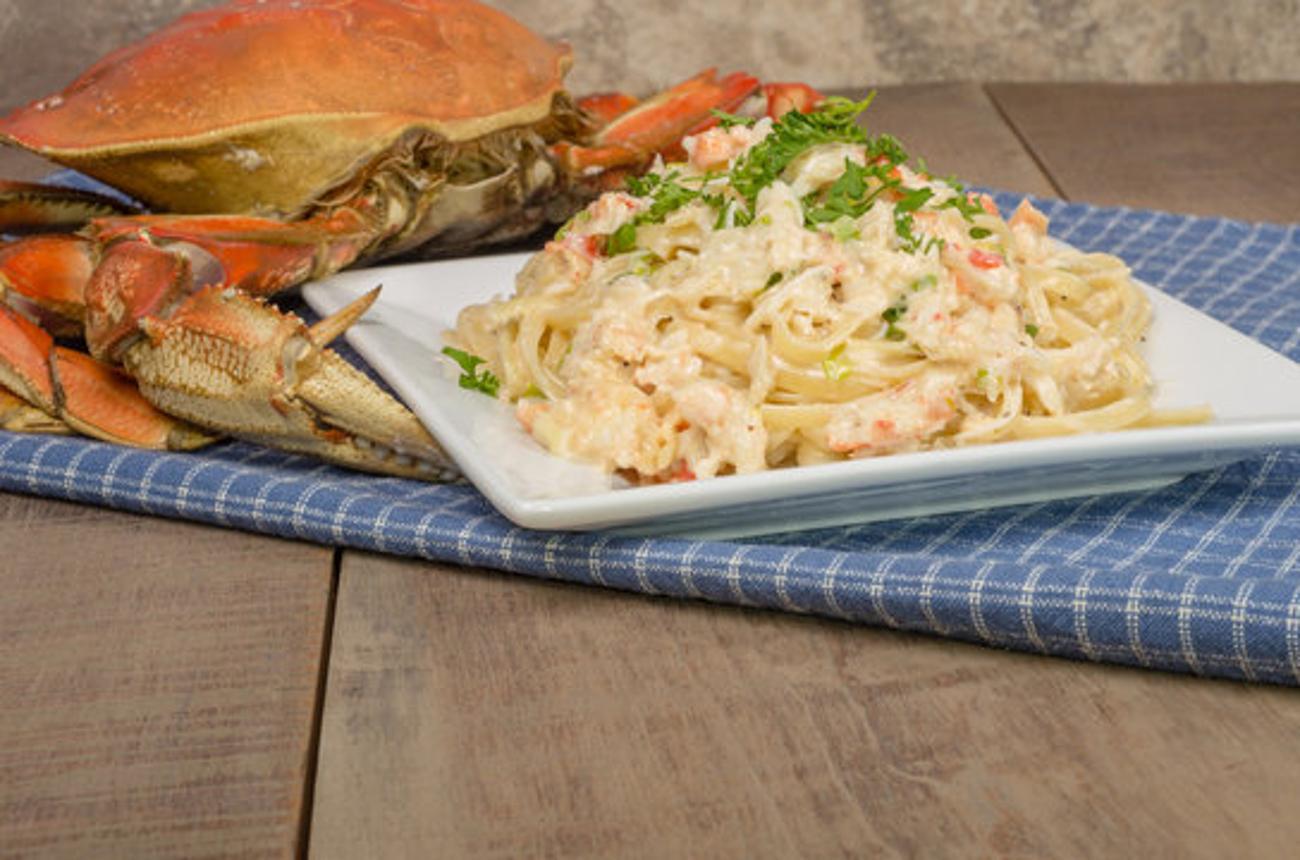
In Italy, several chefs have utilized the blue crab in the country’s flavorsome cuisine. One made a rosemary crab salad, another made pasta with garlic and crab, and one even turned the classic Venetian shrimp into a crab delight.
La Peschereccia, a fishermen’s cooperative in Tuscany, offered a blue crab special with linguines, tomatoes, chili, and basil. Chef David Sergio reported, “It’s very popular with people and runs out in the first half hour.”
It’s Common Practice to Turn Invasive Species Into a Delicious Meal

While the plan to turn an invasive species into a new delicacy certainly sounds ingenious, it’s actually quite common practice.
The green crab is the most invasive species in Maine, so many restaurants in the state decided to turn it into a local favorite. They offer green crab ceviche, soup in the cold winters, and steamed and seasoned like in Maryland.
Managing an Ecosystem Through Diet
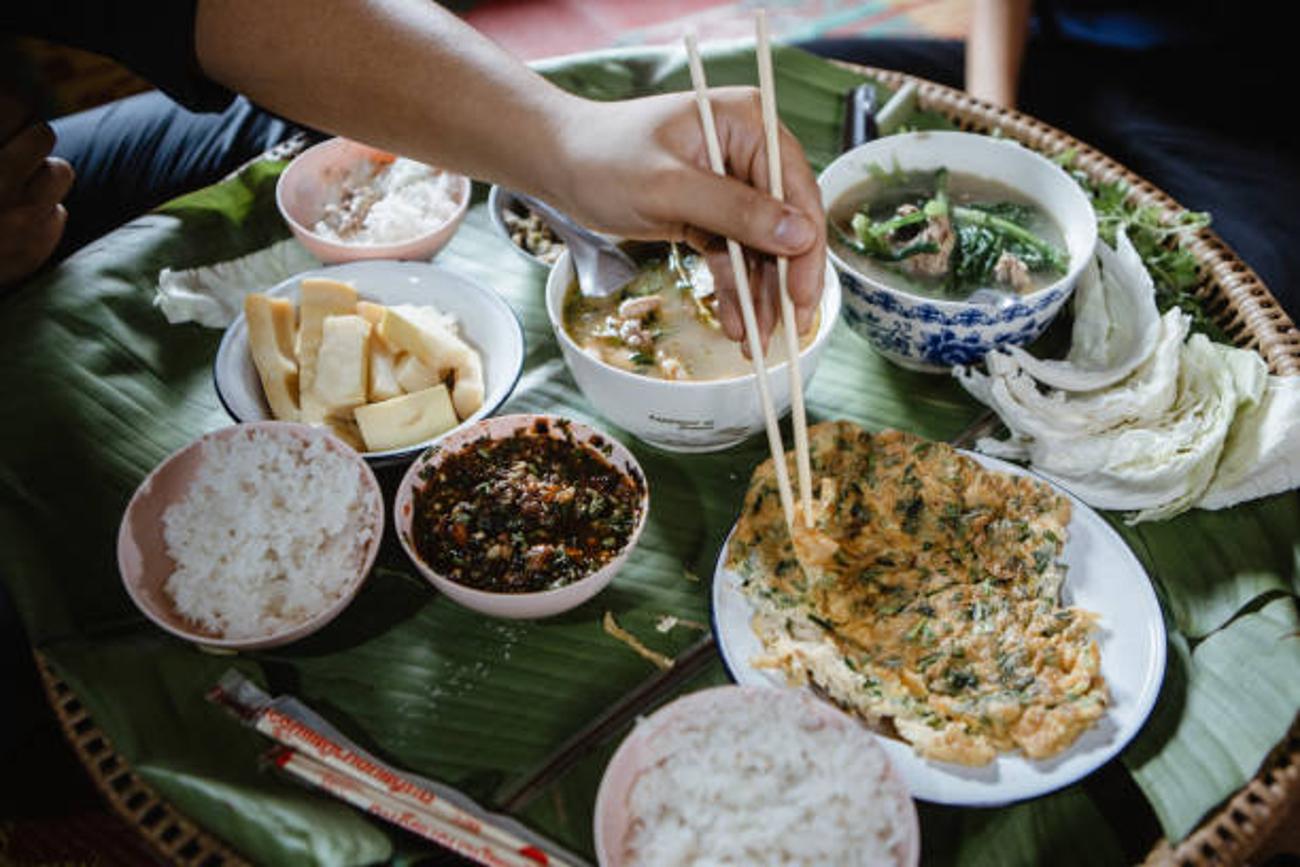
In fact, managing a natural ecosystem through diet is an ancient tradition; the Hmong people of Southeast Asia have been doing so for thousands of years.
From invasive iguanas to wild pigs, pythons, and other dangerous or predatory animals, the Hmong found ways to utilize these animals in their food and keep the populations under control.
Italy’s Fishing Industry Is an Important Part of the Nation’s Economy
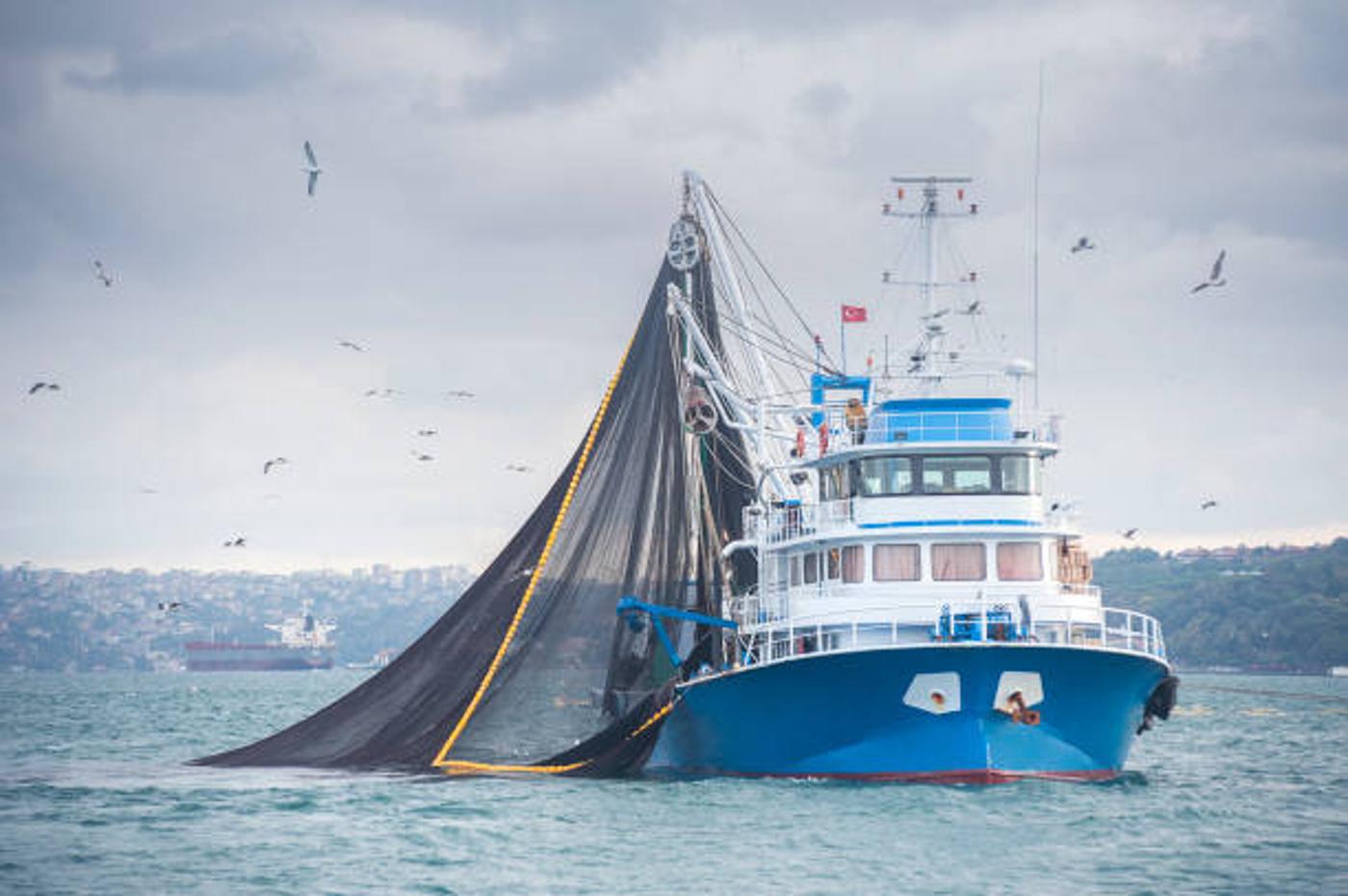
Italy’s fishing industry is valued at almost one billion euros, making it one of the largest in the country after tourism and agriculture.
While Italians and their millions of annual visitors consume a great deal of seafood, Italy also exports a great deal of its fish and shellfish to Western European countries, especially Germany. Therefore, dealing with the blue crab invasion is extremely important to the country’s economy.
Over 50% of Italy’s Shellfish Production Has Already Been Damaged
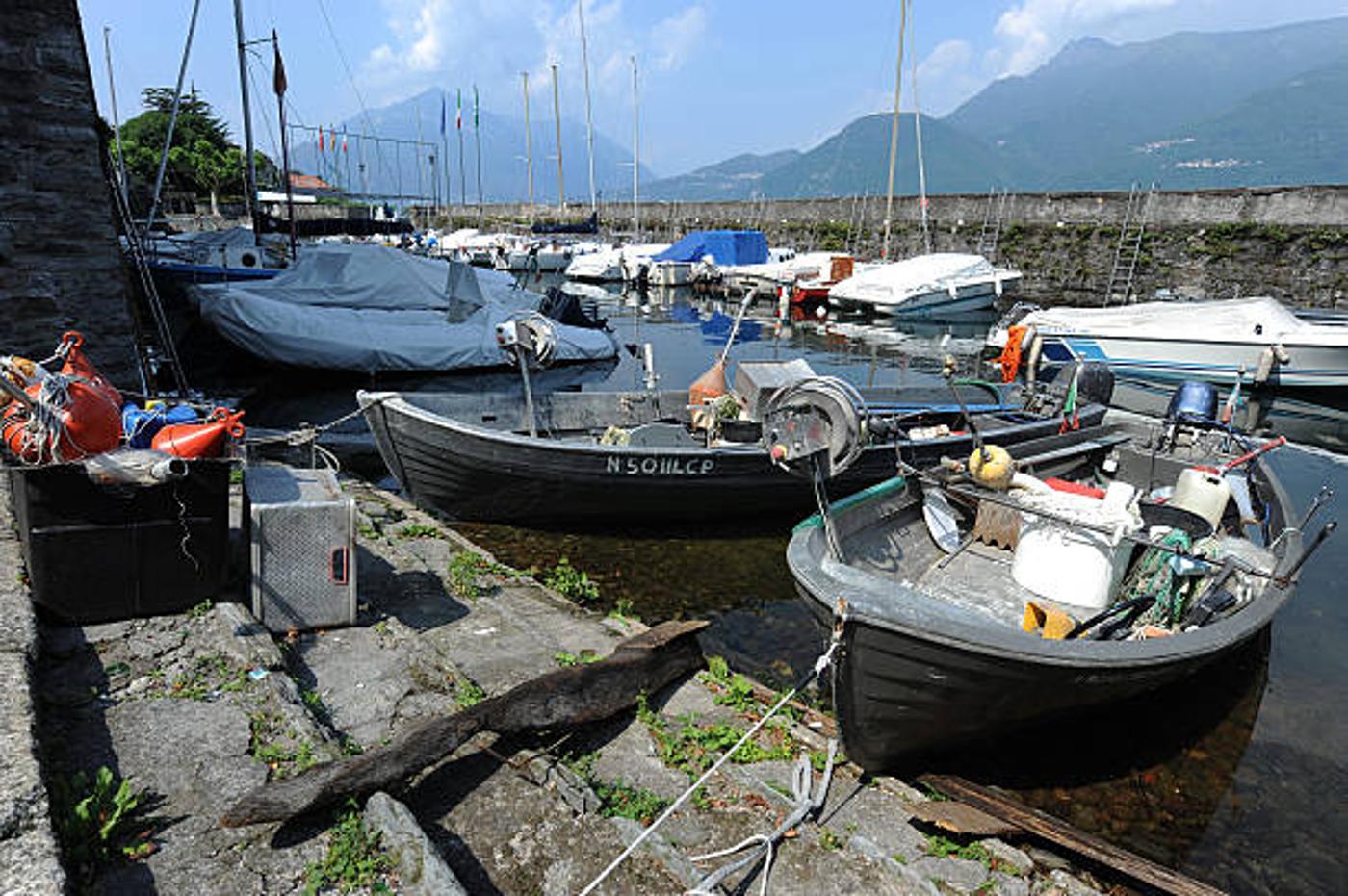
In addition to encouraging restaurants and Italians to start cooking with blue crab, the Italian government has allocated $3.1 million to help fight the infestation.
But although Italy is working tirelessly to deal with the blue crab invasion, significant damage has already been done. Some say over 50% of the country’s shellfish production was damaged in 2023.
Once Again, Climate Change May Be to Blame
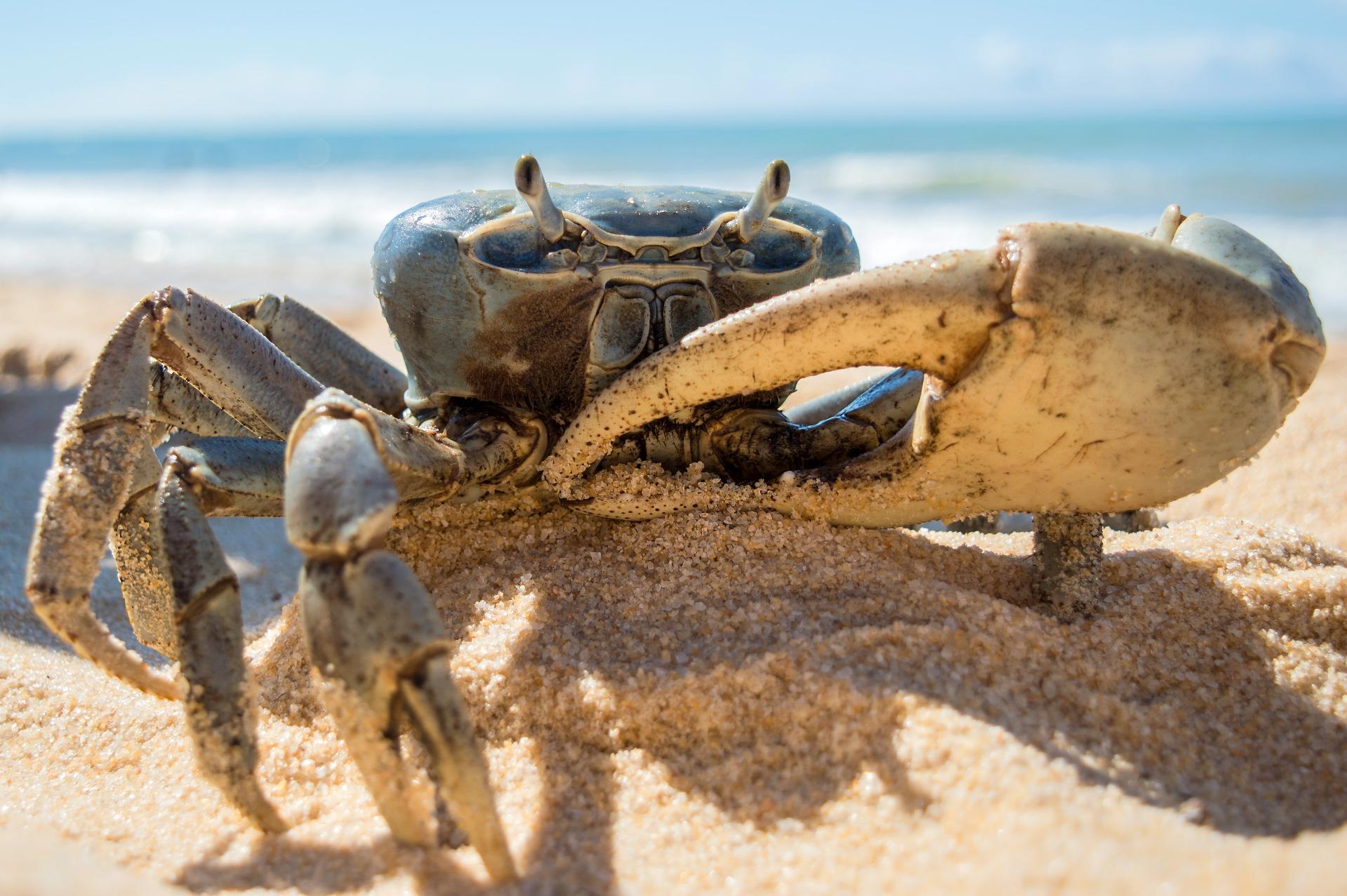
Even though the natural world is constantly shifting, many say that climate change is to blame for Italy’s blue crab problem. The species thrive in warm water, and as Italy’s lagoons warm with the planet, there is nothing stopping them from completely taking over.
However, as the fight against climate change will take years to produce tangible results (if it ever does), Italians will have to continue to find ways to deal with the blue crab themselves. Luckily, their plan sounds quite delicious.
Eat the Invaders
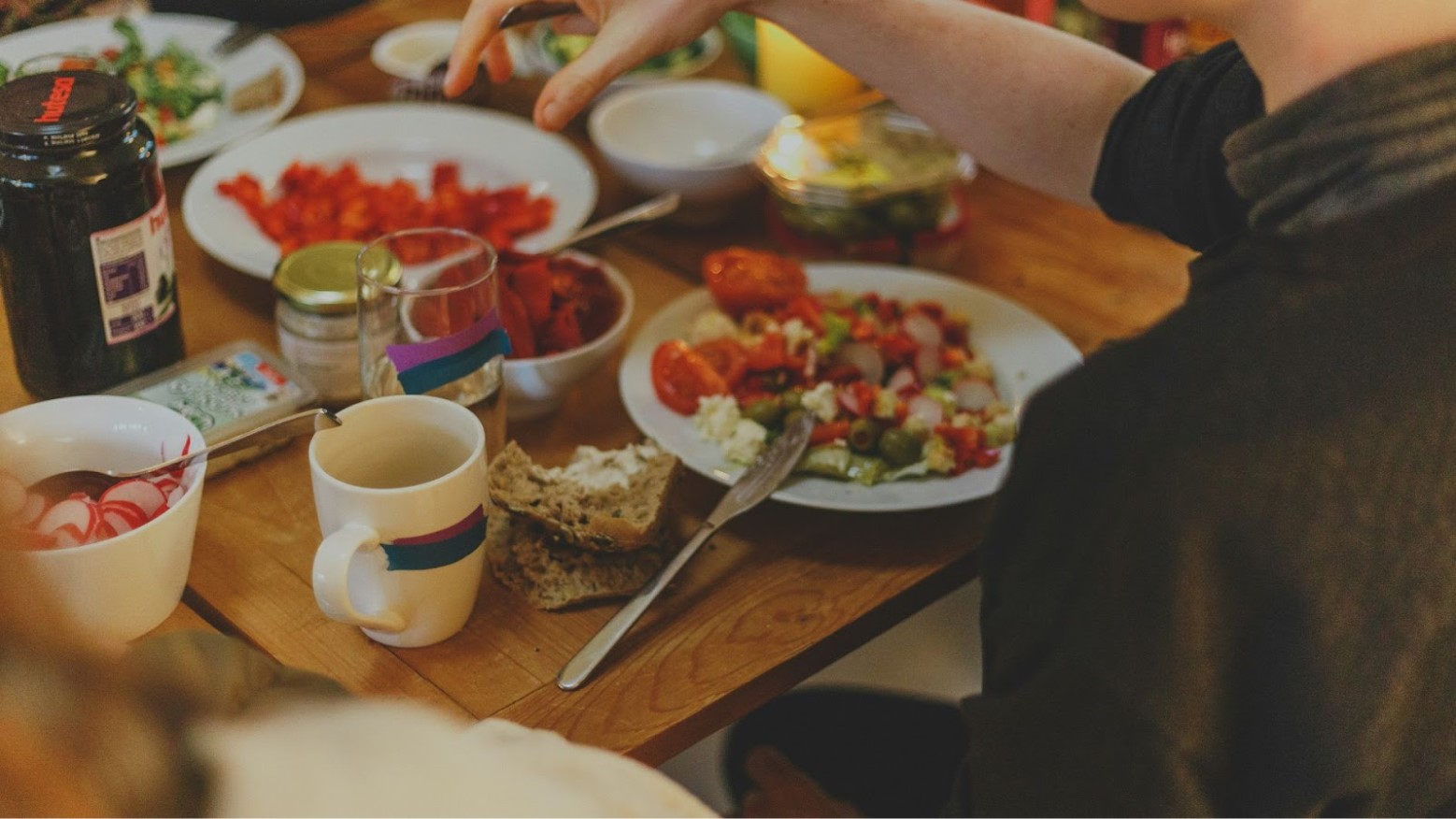
Joe Roman, a conservation ecologist at the University of Vermont, was among the first scientists to promote gastronomy as a tool to combat the invasion.
In his 2004 article, “Eat the Invaders,” he questioned why we cannot eat invaders if we are actively hunting native species.
Eating Our Way Through Invasive Species
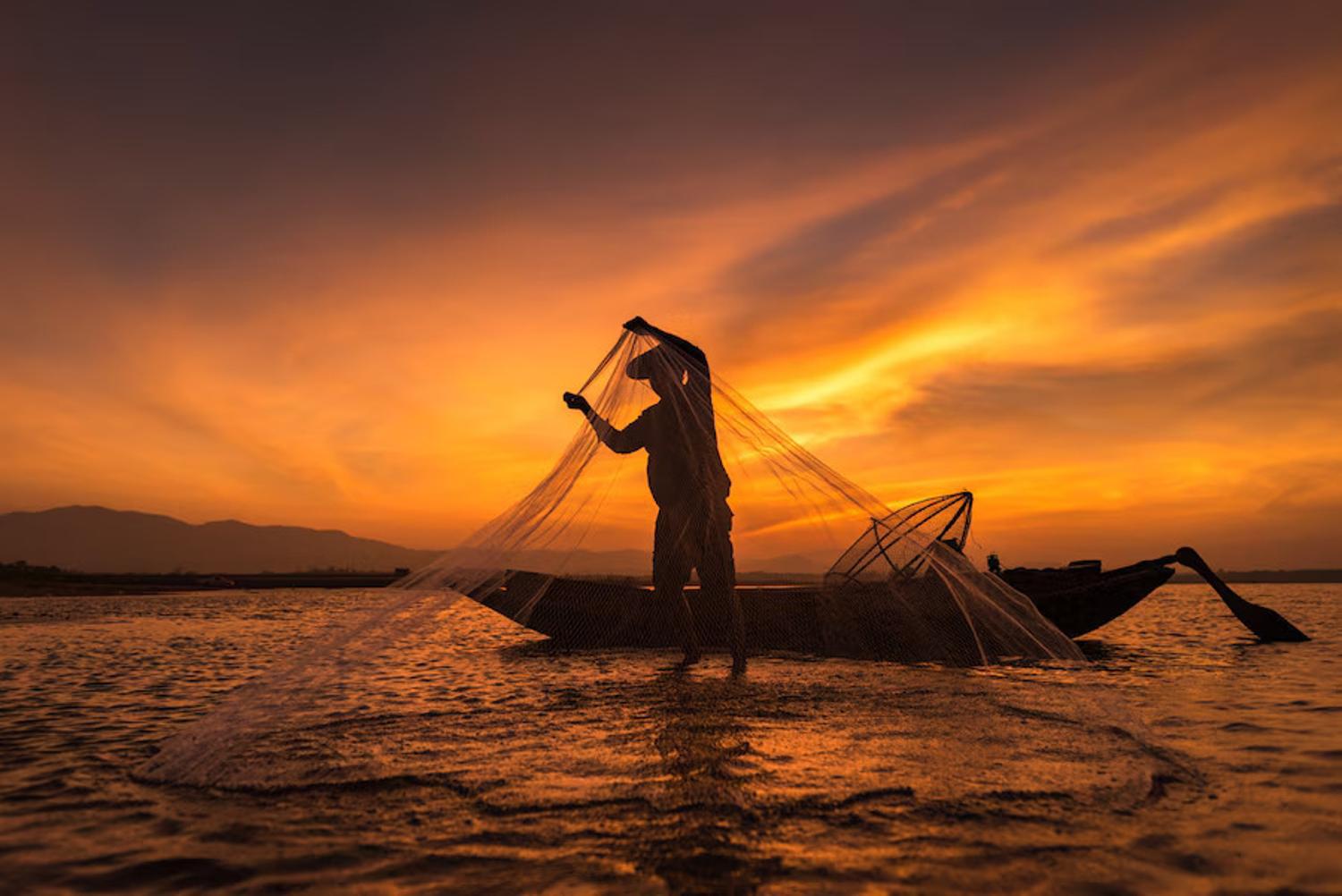
In America, invasive species have become a massive problem for many lakes, ponds, and rivers. Through improper management and introduction into waters and flooding over the years, non-native species are beating native species out of their habitats.
Now, residents and government officials are urging people to eat these invasive species to help the native population regenerate.
Eating Invasive Carp

In South Dakota, invasive carp are becoming more common and a bigger problem as they eat the food source, knocking out the population of other species as the carp quickly reproduce.
Unlike common carp, the invasive species is notably more tasty, tasting similar to tilapia than the distinct taste of common carp that often hard to swallow.
Turn Garlic Mustard Into Your Secret Herb
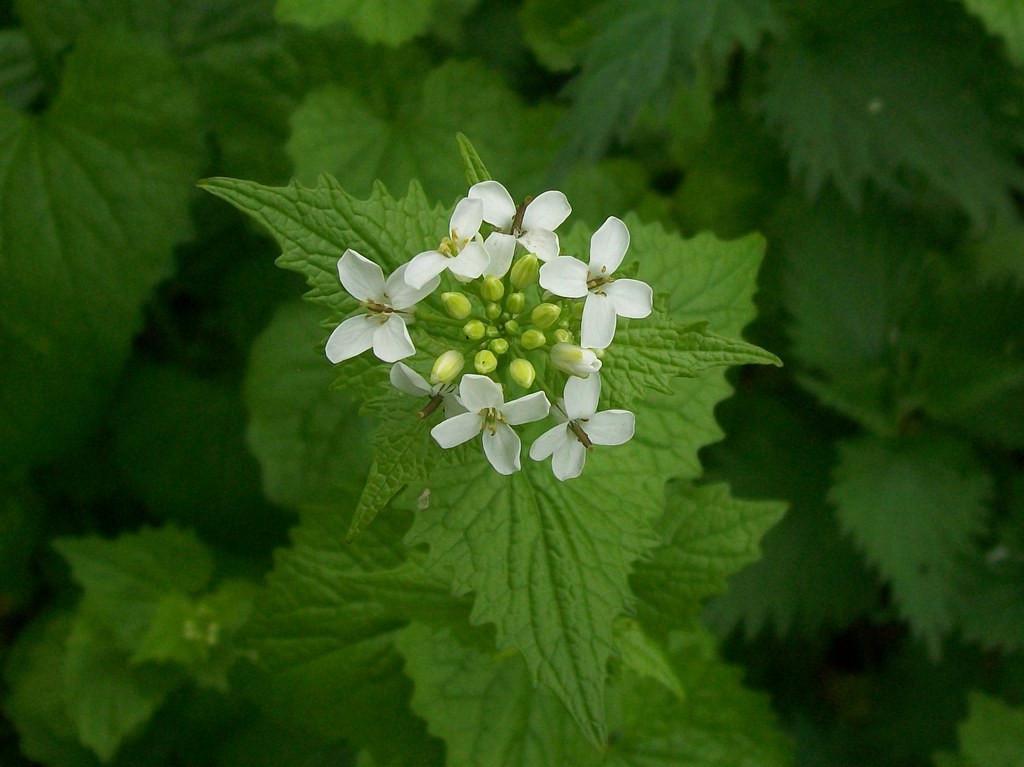
In the Midwest, certain species of herbs are becoming a problem for native species of plants. One notable example is garlic mustard, a tasty herb with a flavor that can easily become bitter.
Garlic mustard is like a mix of garlic and horseradish, making it a perfect ingredient for pestos and salad dressings.
Pulling Out Japanese Knotweed
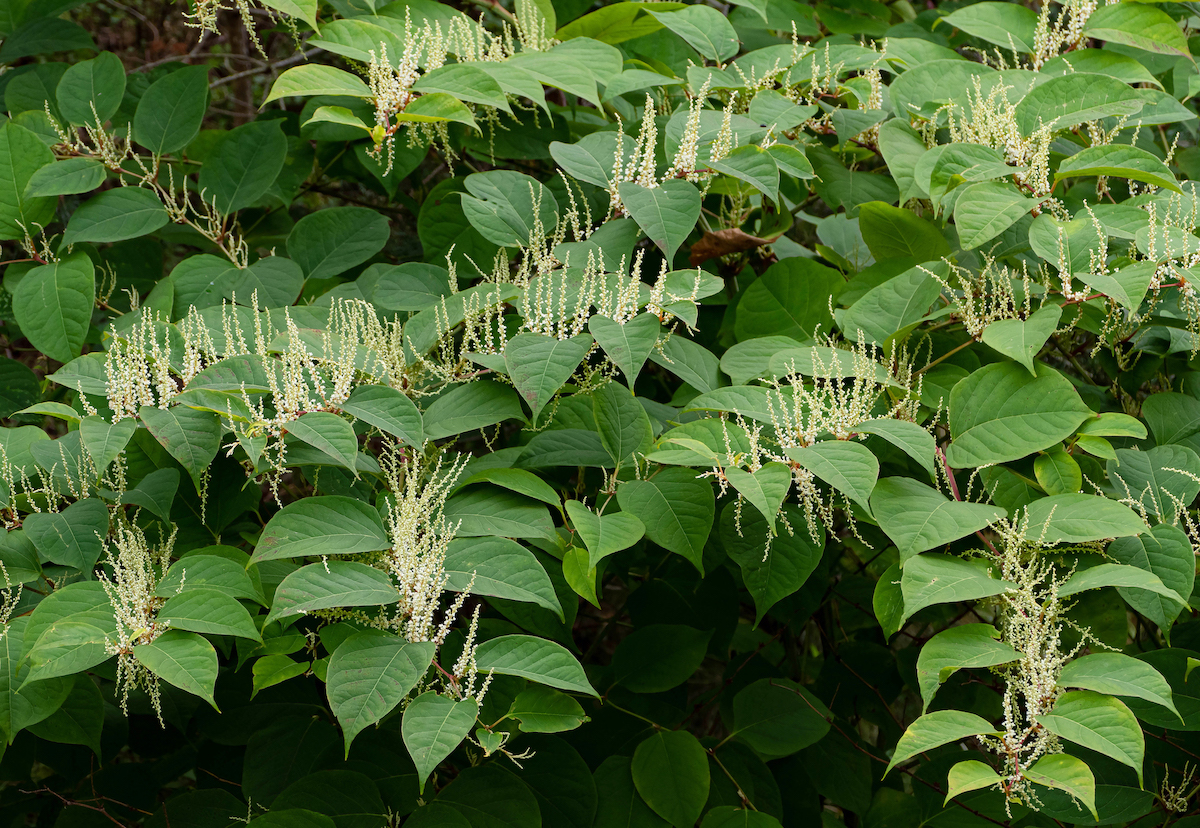
Japanese knotweed, which was brought over from eastern Asia in the late 19th century and used as an ornamental privacy barrier, is a fast-growing invasive species that is strong enough to break through concrete.
The most delicious part of this plant is below the surface. Digging up the plant can help remove the invasive species and be an excellent side dish in your next meal.
The Perks of Eating the Invaders

The Native Plant Trust recommends that eating invasive plants is a better solution to destroying plants through traditional methods, including herbicides which are harmful to humans.
When you are looking for invasive plants, apps like iNaturalist are great. However, these apps are not perfect, so take extra precautions when looking for herbs.
A Challenge to Eat Well and Help Native Species

At the University of Oregon, the Institute for Applied Ecology hosts an annual Invasive Species Cook-Off, which prompts biologists and others to find and cook invasive species into a delicious meal.
Roman’s website, Eat the Invaders, helps people like you and me discover invasive species in our local communities that we can turn into great meals.
Iguanas for Dinner
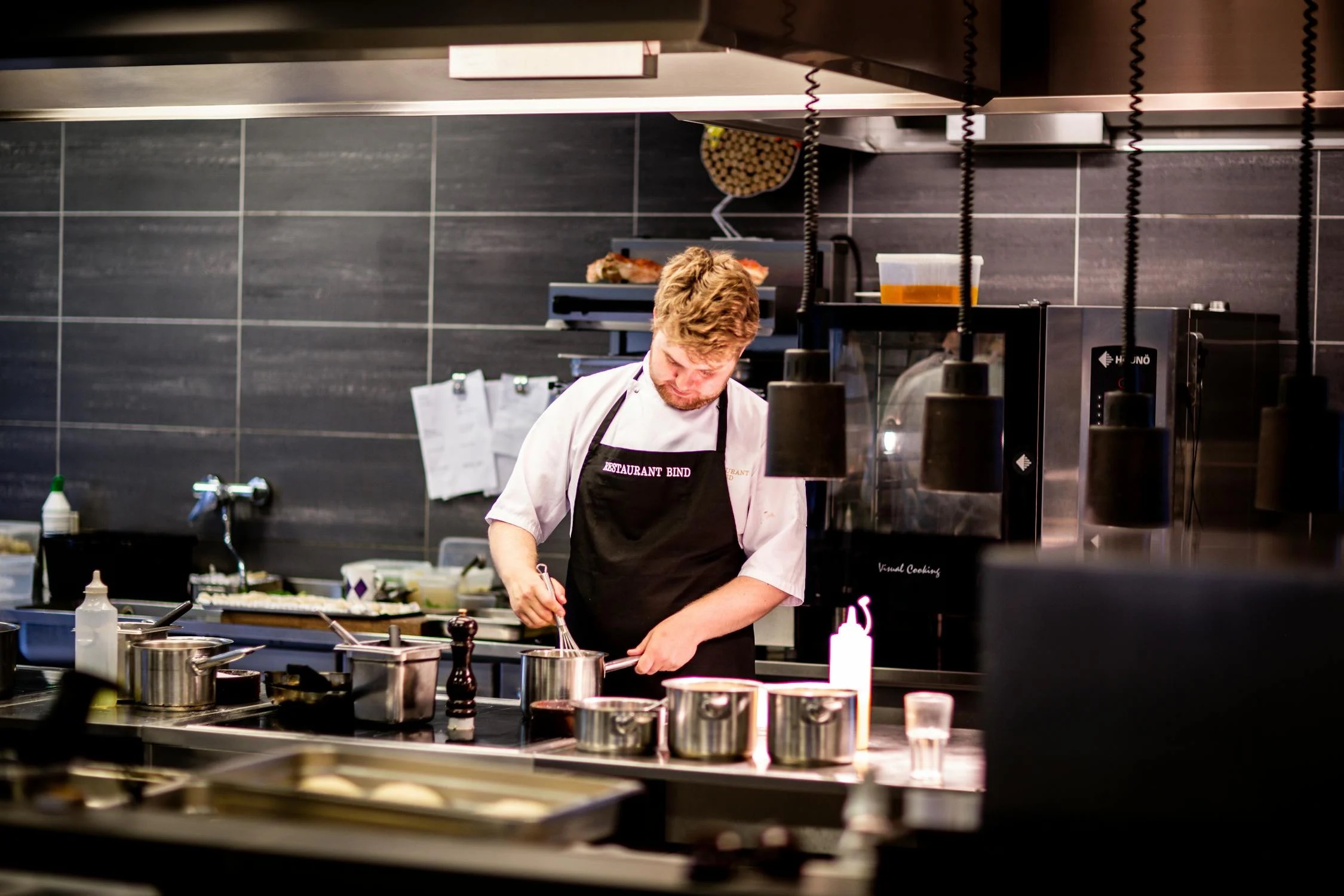
In Florida, anyone can trap or hunt as many iguanas as they want on designated public lands, provided that they don’t violate anti-cruelty laws.
“Every iguana removed is one less iguana causing negative impacts across Florida’s landscapes,” McKayla Spencer, who helps manage nonnative species for Florida’s Fish and Wildlife Conservation Commission, said in an email to the Washington Post.
Might Not Have an Impact

Many Florida residents are hunting iguanas and turning the invasive species into a worthy meal. Iguanas are often called the chicken of the trees since they are high-protein, low-fat meat.
“If people want to hunt iguanas and eat them, that seems fine,” Christopher Searcy, a biology professor at the University of Miami, said. “But I don’t think it’s going to have a meaningful impact on the population.”
Should We Eat the Invaders?
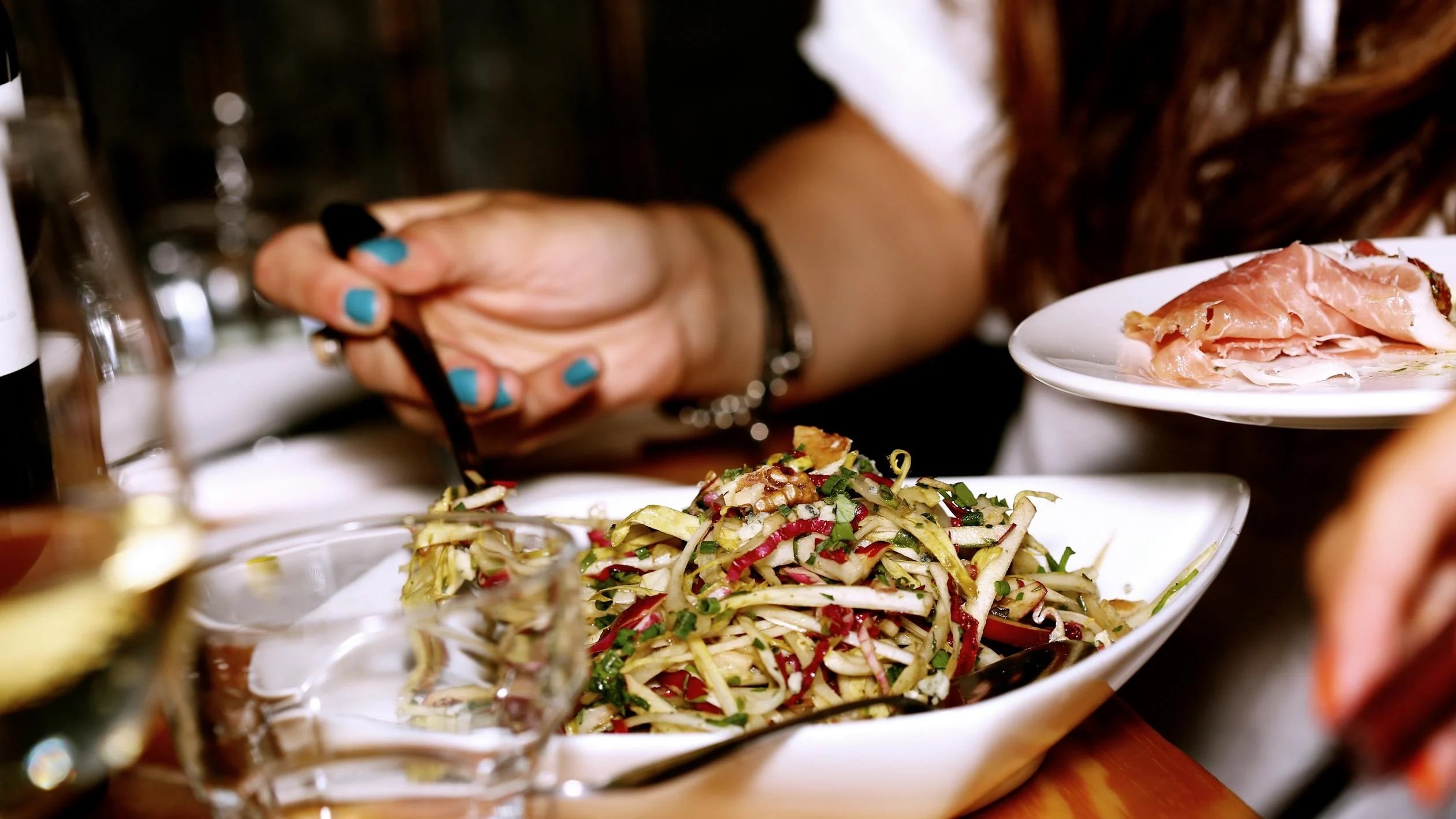
However, not everyone is convinced that eating invasive plants and species into submission is making matters better.
“I don’t think we have the data yet to know if this is successful,” Matthew Barnes, a biologist at Texas Tech University, told Scientific American. “There are a lot of small experiments going on but no large-scale data gathering.”
Won’t Help Reduce the Population
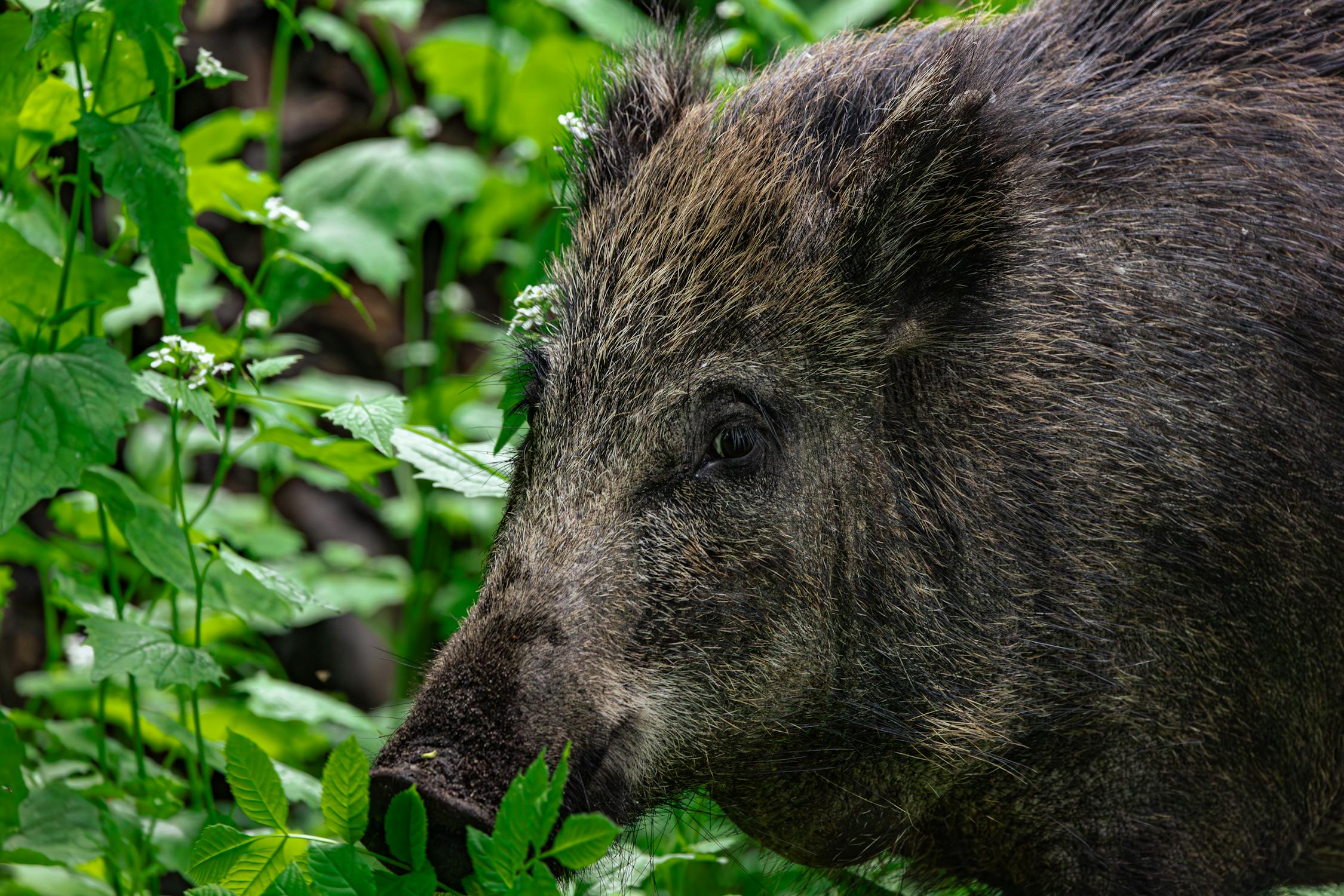
Invasivorism could present a variety of problems that overlook the complexities of ecological invasion.
However, telling people they should eat something–like the South American swamp rat in the Mississippi Delta waterways–may not help reduce the population.
The Worst-Case Scenario
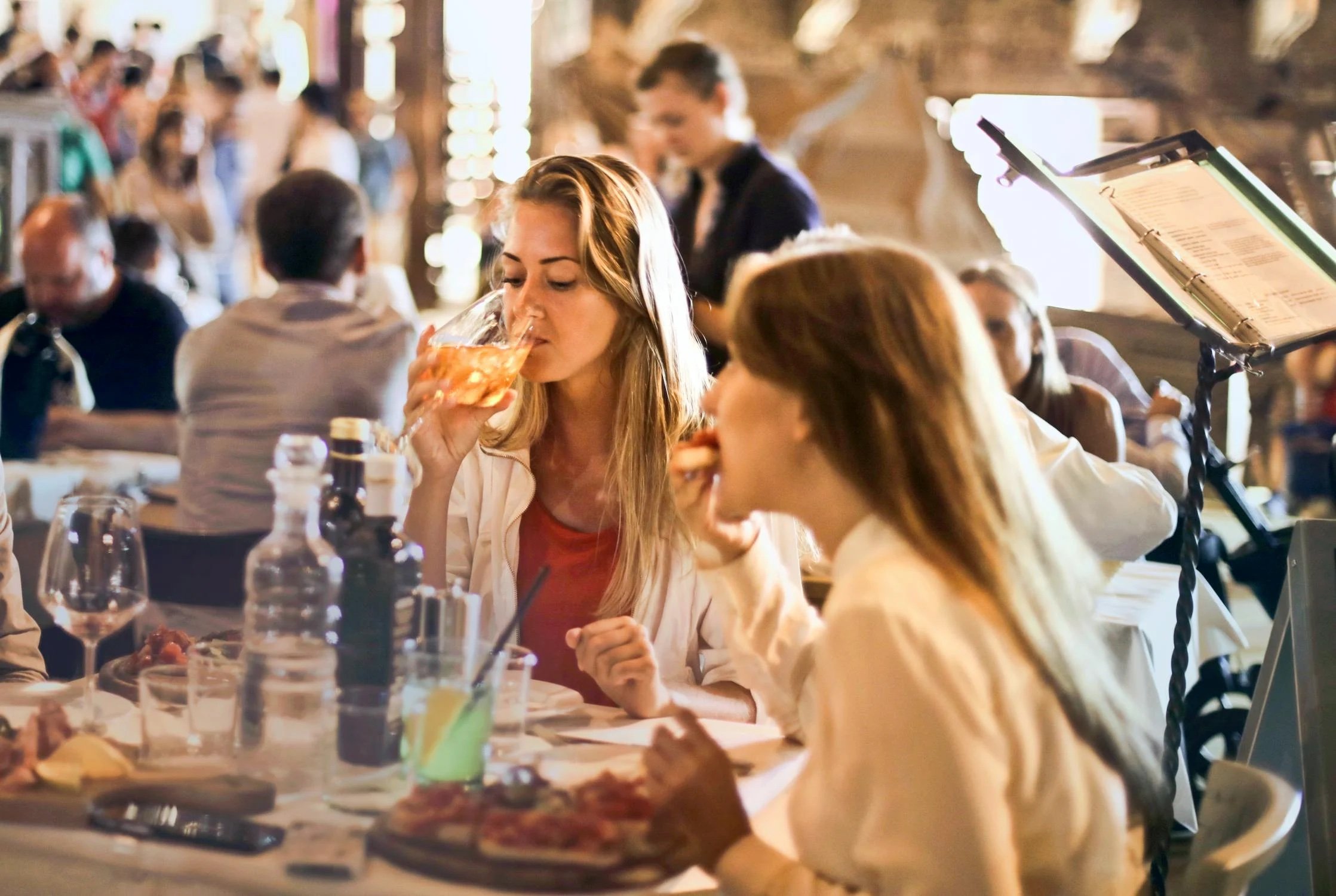
The worst-case scenario of invasivorism is that it could make a troublesome species popular. Martin Nuñez, an ecologist at the University of Tennessee, has published several papers warning about the effects of capitalist tendencies if invasive species start to regularly appear on menus.
“If you make money off a species,” Nuñez says, “then that’s an incentive to help it spread.”








































